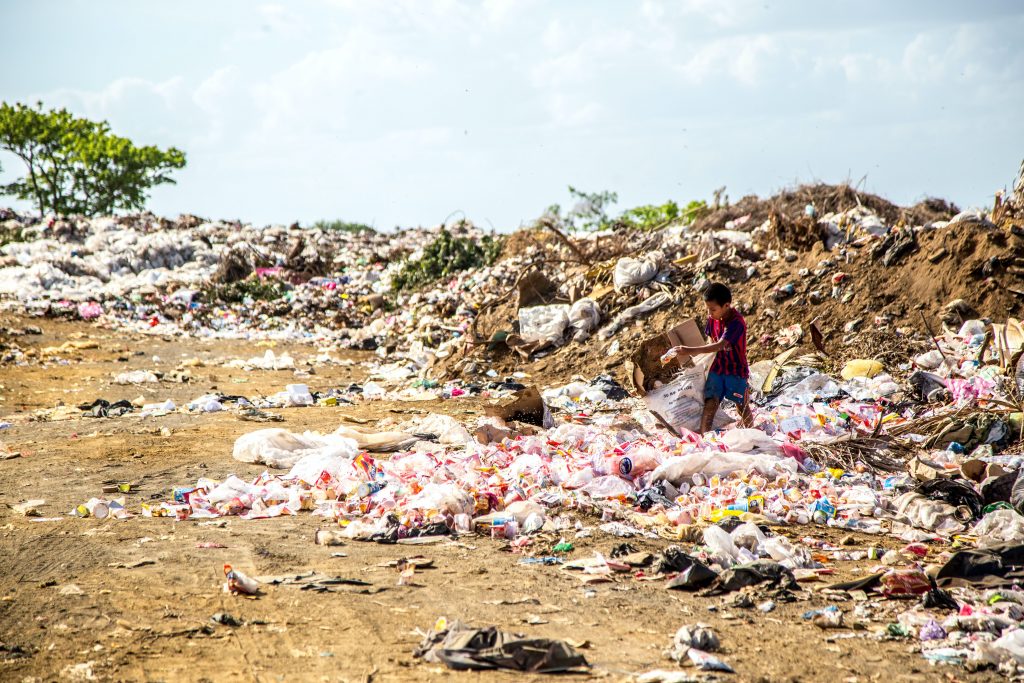
Have you ever heard of the term “the cloud”? Maybe, in phrases like: “Save it in the cloud” or “Is backed up in the cloud“? This cloud is nothing more than a distributed network of data-centers that allow faster replication, lower latency and almost-instant recovery.
During the last 60 years, agriculture has been a field of great progress. The chemical and genetic breakthroughs were significant for the victory of the industrial revolution. People were able to feed themselves and overflow the land with grains that easily started to replace its vegetable and fruit counterparts with modified and highly processed ingredients, that in result made the whole endeavor purposeful. But nothing comes without its trade-offs.
Hindsight is 20/20, I know, but when farmers in the 70s started to see their field produce 30, 40 or 50 percent more food, they had to doubled down, maybe I would have done the same. The government followed suit and decided to put in place all the safety nets possible to overflow the markets and support the golden era of this Agro Industrial Revolution. The Green Revolution. But now, we have more information. We know that applying nitrogen has its limits, and that pesticides and weed killers lose their effectiveness as time goes by. Nature is not static. Not in vain, plants and bugs have dealt with survival during millions of years.
We have seen first hand the debacle of the food distribution (thanks COVID-19). The problems of having all our chicken being processed by three main providers. That the processing facilities are centralized. That our processes treat nature an step in the factory when it is impossible to tame it.

We have had great progress to feed the growing population of the world, but not all the credit goes to the centralized enterprises and economy of scale. We produce more food, but do not feed everybody. We produce more food, but we throw away a big portion of it. We produce more food, but we deplete the fertility of the land that provided it in the first place. Maybe the issue was not only to produce more but to produce better.
Now back to the “cloud”. In informatics, the cloud became a big achievement because it revolutionized several aspects of the work: reduced the cost of ownership, improved the quality and speed of data distribution and diminished the risk by using resiliency and redundancy. But the main gain of all is that made it affordable and accessible to all. Before its appearance, only some big names were able to build scalable, secure and fast networks due to costs. Now everybody with the technical knowledge can build the next Amazon from his/her bedroom. We need that in agriculture.
My proposal, and I know I am not the only proponent nor the last one to talk about it, is to keep building an strong Food Network, not the reality food tv channel, but a Resilient, Scalable and Redundant connection of nodes that interact with the nature to nurture us all inhabitants of the Earth. This is more achievable more now that ever. We have the “cloud” that gives is connectivity, access to instant data and its computational power! We can build tools and use data to move us from our predatory and reductionist interaction to one that is synergistic and exponential. It needs multiple nodes (or even other networks) of connected food producers (Farmers, Ranchers, Fishermans, Foragers, et al) and also a big number of local food processors. It also needs to be closely connected to consumers, so it can be highly accurate in terms of consumption and residues. With this FoodNet, nothing is waste, but a piece in the cycle of energy transformation. That is an Ecosystem!

Let’s produce more food that is BETTER food for everyone.
Famine can not be cured with destruction.